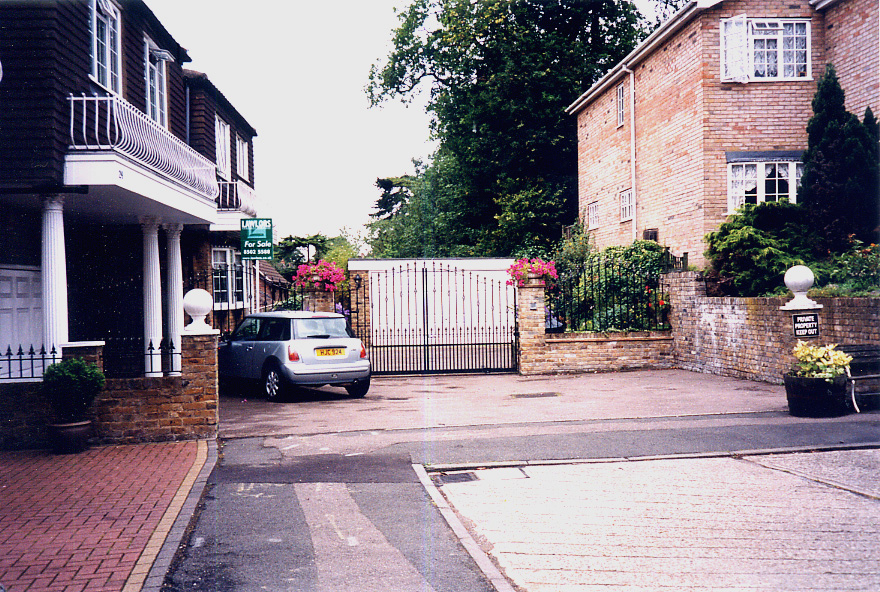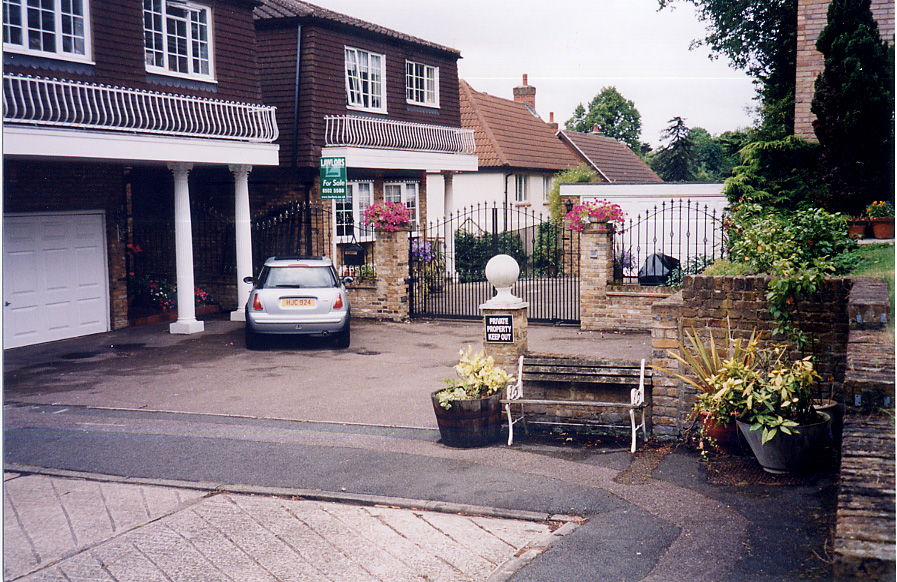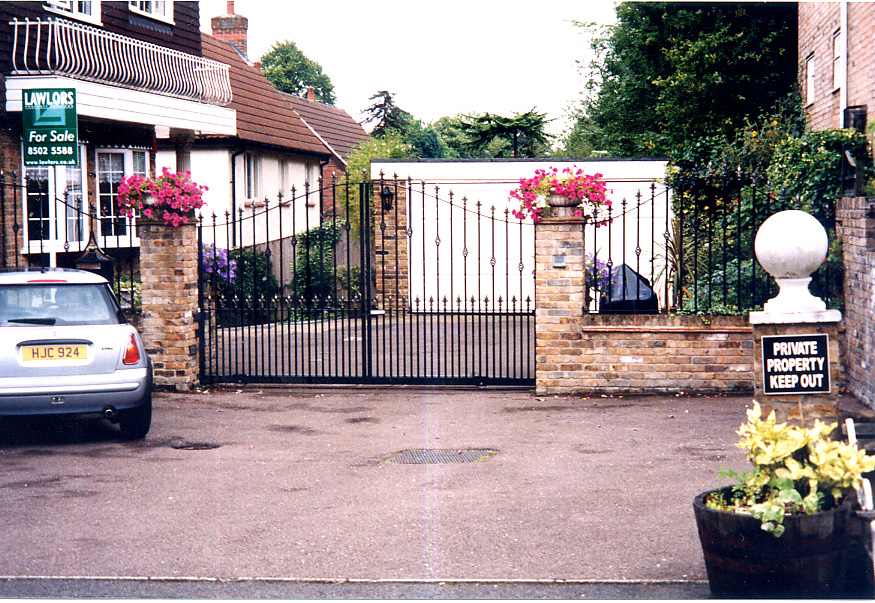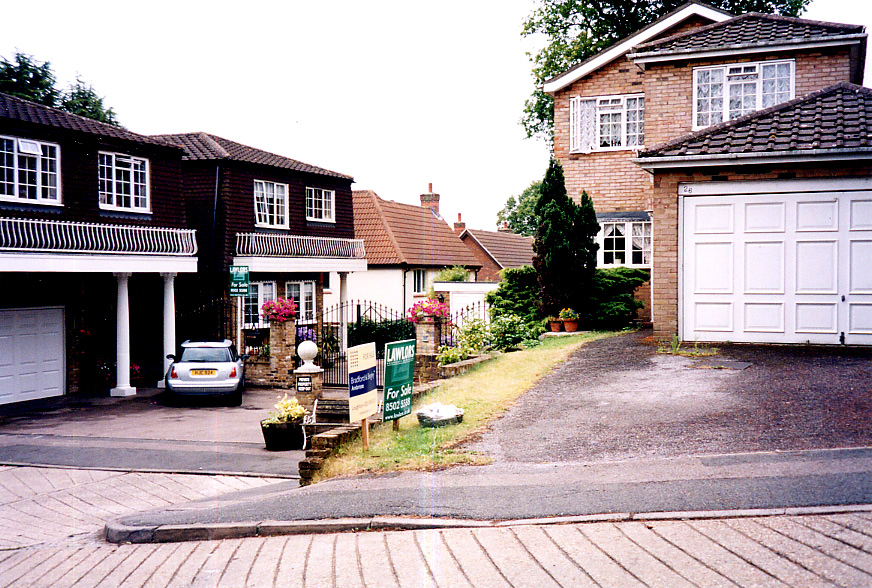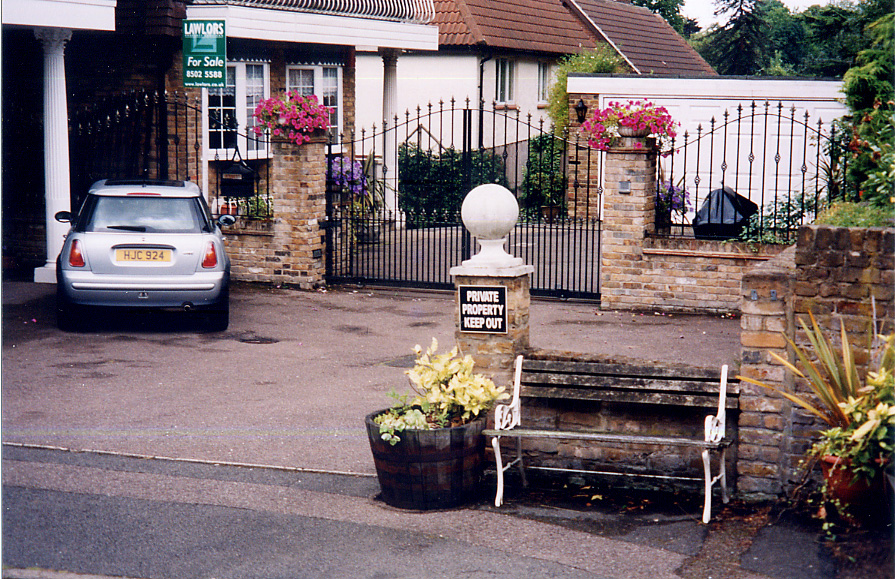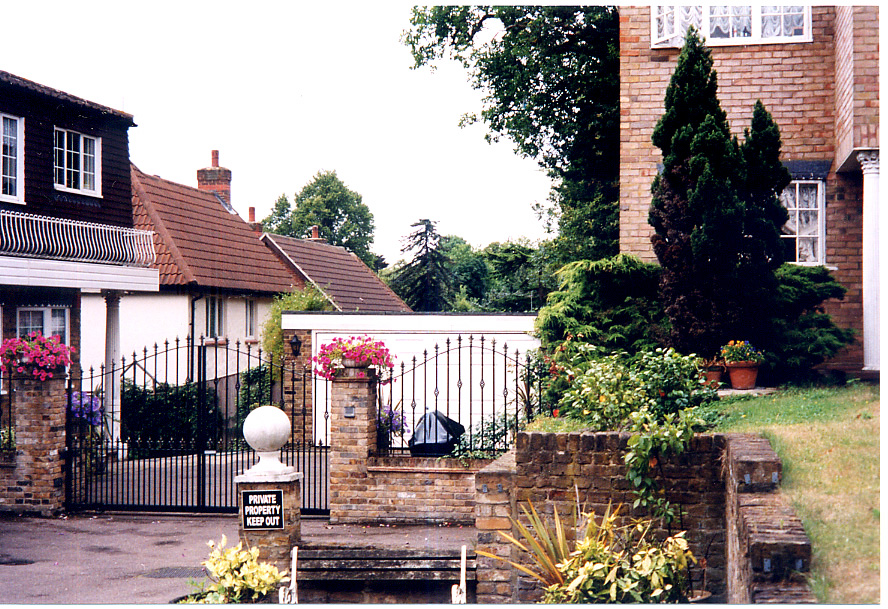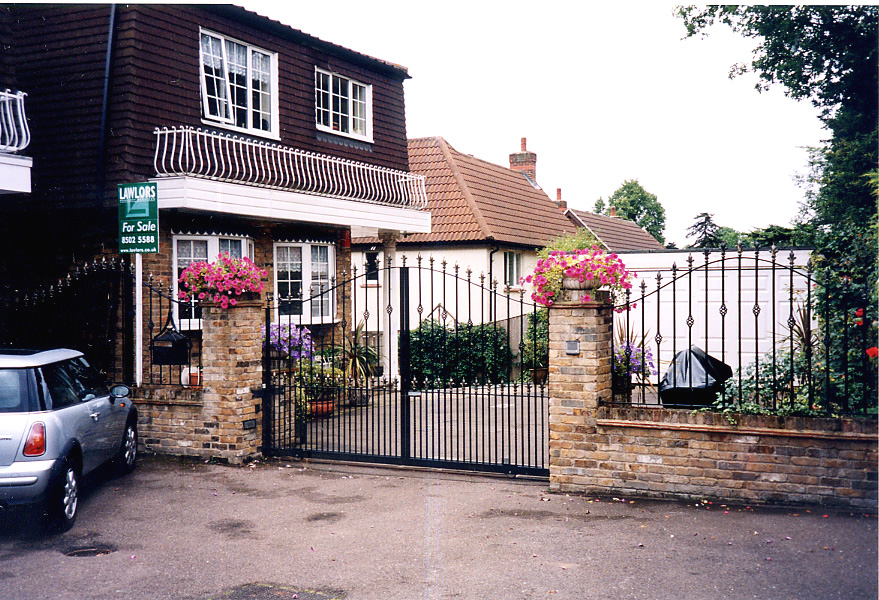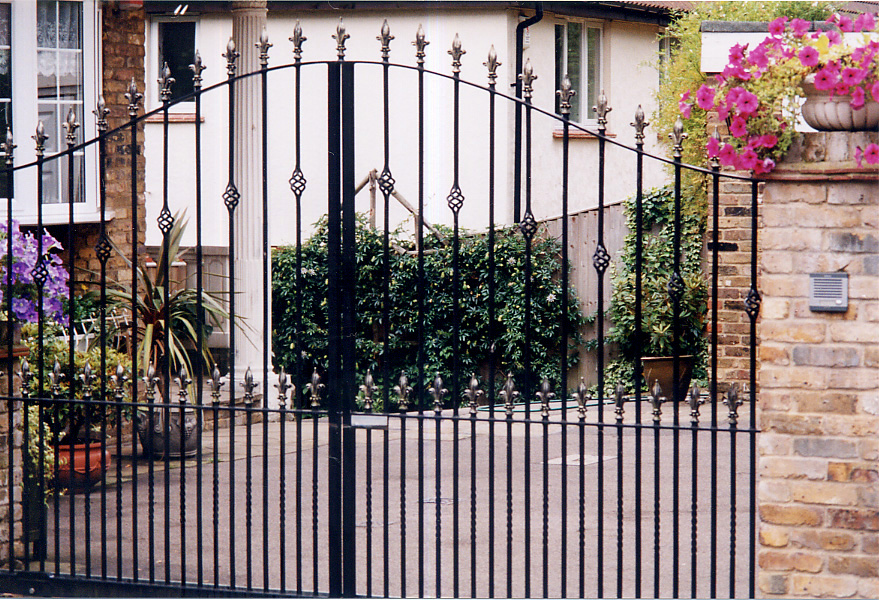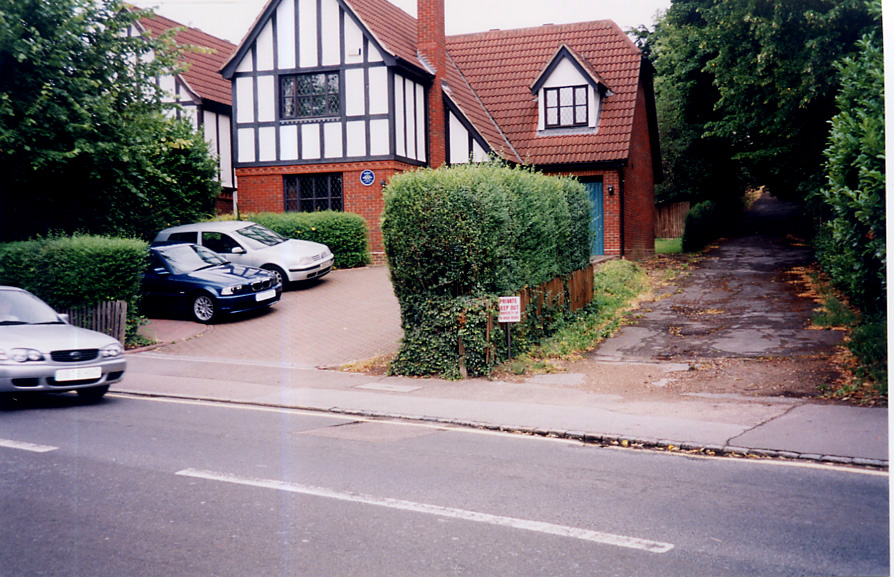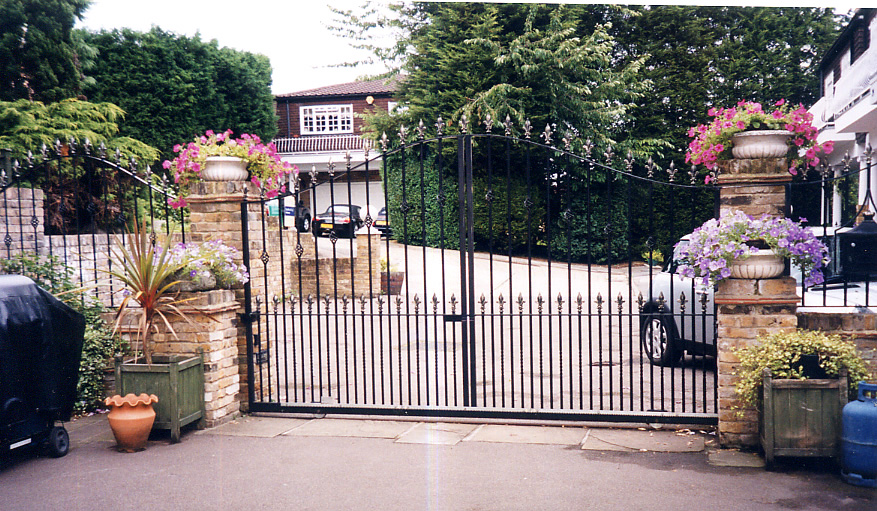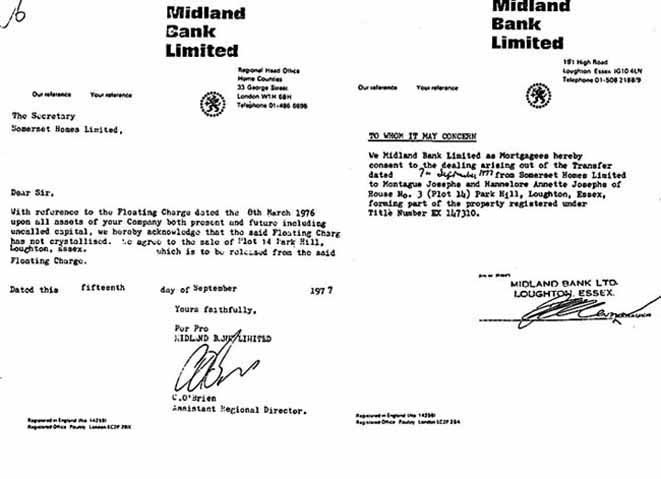 |
|
|
| Footpath from Park Hill to High Road, Loughton, Essex, England | ||||||||||||||||||||||||||||
|
||||||||||||||||||||||||||||
 |
||||||||||||||||||||||||||||
|
|
|||||||||||||||||||||||||||
  |
||||||||||||||||||||||||||||
|
100 years of Mr Dixon is an old boy of In November 1907 the School was inspected for the first time by the Board of Education ... In the result the coveted recognition was conferred On May 2nd 1908, Loughton County High School opened and in his speech on that day the Chairman of the Essex Education Committee, Edward North Buxton, Esquire, JP, CA made the following reference to Loughton School, "No doubt we shall have to provide more boys schools, but that will not be the case here, because we have already Mr Vincents admirable school, to which, as a County, we owe a great deal. We, on the Essex Education Committee think that Mr Vincent's school is of the high class we desire to see and it is none the worse because it happens to be a private school and privately conducted; but I can assure you that it is a school, in our belief, of which the the town of Loughton may be proud and which we are glad to use, as far as we can, as part of our County provision of secondary schools. [my italics]." Mr John Morrow was a teacher par excellence ... When he taking us through Shakespeares Merchant of Venice, his impersonation of Shylock was brilliant and really made us see the character for what he was. With the change in examination requirements caused by the advent of the GCE a serious attempt had to be made in the early 1950s to update the School This taxed the financial reserves of the School to its limit As all available money had been spent, a gift of land was made to the Old Loughtonians Trust Fund The Department of Education and Science agreed to girls being admitted to the School and so for the second time in its history the School became co-educational in September 1972 Mr Ted Hickling, the School Architect, suggested [that we should rebuild] the Woodwork room and [add] .. a further storey to it which would provide a suitable place for our computers. Happily the Council accepted the plan. The last few years [written in 1989] have been difficult years in the life of the school only trained qualified staff are employed and all are paid Baker main scale rates. All teachers belong to the Government Superannuation Scheme and all salaries are insured in case any teacher should be ill for an extended period. This is a vast improvement on the early 1950s when teachers were paid in arrears ... with no pension scheme. The Old Loughtonians Hockey Club International umpire - Frank Foster, later Sir Frank Foster, Chairman of the Essex County Council [who was a Loughton School Old Boy]. [To summarize the book: the name lives on in the Old Loughtonians Hockey Club, Old Loughtonians Masonic Lodge No 7311 and the Old Loughtonians Trust Fund, formed in 1959, part of the Old Loughtonians Association. According to the book, written in 1989, the Old Loughtonians Hockey Club at that time had loans to pay off over a period of 10-15 years for its Reminiscences of a Loughton Life by Percy Ambrose published by Metloc Printers Ltd The Baptist Chapel, which later became known as the Loughton Union Church on the left was an entrance lodge occupied by the Church caretaker and beyond this on the side drive a range of old timber framed outhouses, formerly used to stable the horses and accommodate the carriages of the wealthier members of the church when they attended church services. I eventually came to know the Union Church buildings very well, because about 1955, I was asked to take on the job of Steward for the Church buildings ... Eventually a new Church hall was built and opened in 1965, after which the old Church was demolished and the present building of modern design was erected in 1973 while further along was Loughton School, known to us at [sic] the redcap school after its uniform, or Vincent's School, after its founder. The school catered for boys from upper class families in Loughton, and it also had a few boys who transferred from the village school at [Percy Ambrose on leaving In those days, it was very much a case of make do with what was available. There were no central offices, so the Clerk and financial Officer continued in their offices over Midland Bank, Loughton, while the Engineer & Surveyor and Sanitary Inspector used the office of the late Buckhurst Hill Urban District Council over Midland Bank at Queens Road, Buckhurst Hill. [He then became Town Planning Assistant and moved into the newly built council offices in 1935, on the site of the present Sainsburys] ... The opening ceremony [was] performed by Councillor Frank S Foster, Chairman of the Council on 4th July 1935 My work on the whole was satisfying and interesting, and continued to be so until 1960, when Geoffrey Holbourn retired, and our happy association of twenty-seven years came to an end. The following nine years under Robert Edwards were difficult and not enjoyable, so when I reached the age of 62 in 1969, I decided to retire and seek the pleasures of a very different lifestyle ... In 1935, after our wedding, I became a member of Loughton Union Church in January 1951, I was invited to become Church treasurer, and after some consideration, I took on this job and held it for 31 years I was not the treasurer of the Rebuilding Fund, but was involved in other ways In 1982, at age 75, I felt that the pressure was becoming too much, and, having found a younger man willing to take on the job, I resigned. The Church accepted this, but to retain my knowledge and experience, they made me a Life Deacon. The Buildings of Loughton and Notable People of the Town by Chris Pond The Loughton and District Historical Society W W Jacobs, the writer lived at the Outlook [Park Hill], whose garden adjoined that of Arthur Morrison, novelist, who lived in James Cubbitts Salcombe House. The Loughton Parks Upper and Lower Parks were an estate of the 1870s onwards, at first conceived as having no public access. The larger houses were in Cubitt, James (1836-1912). Architect, renowned for chapels Associate/relative of the Vivians (Loughton Union Church Pastor). Wide nonconformist clientele. Jacobs, William Wymark (1863-1943). Author. Premier writer of short stories in English. Loughton is the Claybury of his stories. Religion unknown Lived at the Outlook, Park Hill, then Feltham House, Goldings Hill (both demolished blue plaque on the gate pillar at junction of Morrison, Arthur (1863-1945). Writer, novelist, expert on Japanese art. Lived in Cubitts Salcombe House, High Road 1893-1913 (behind present No 70 blue plaque), and later at Arabin House, High Beech.
Visitors:
|
||||||||||||||||||||||||||||

